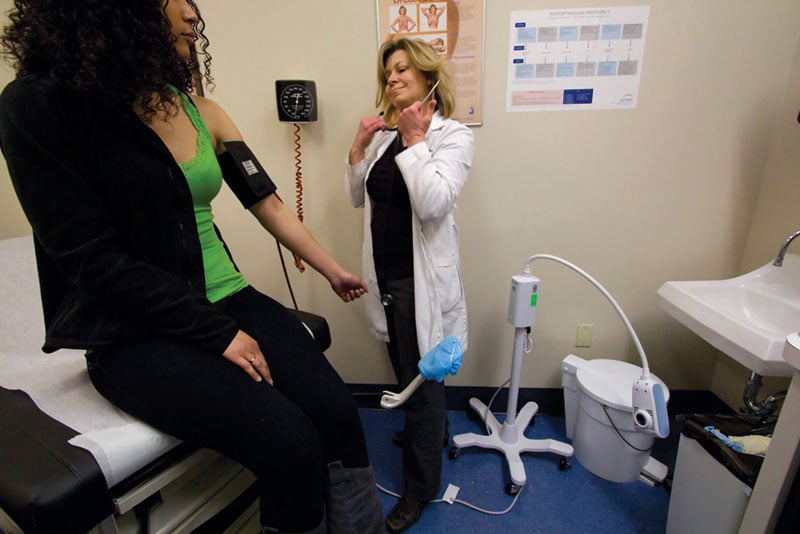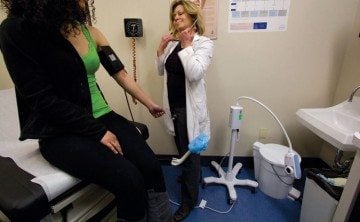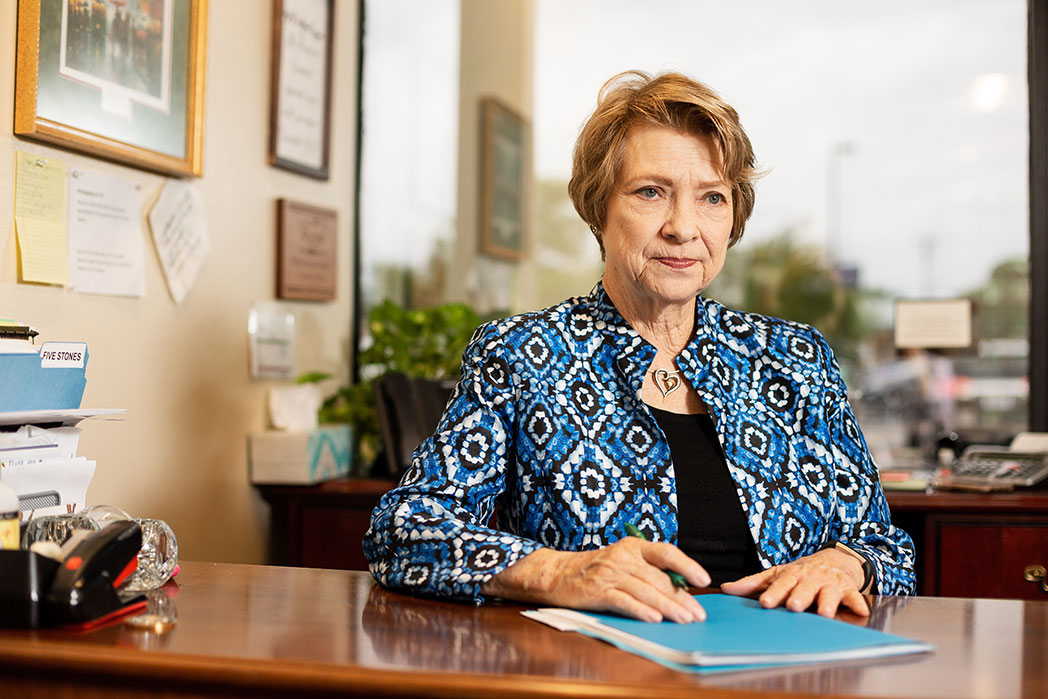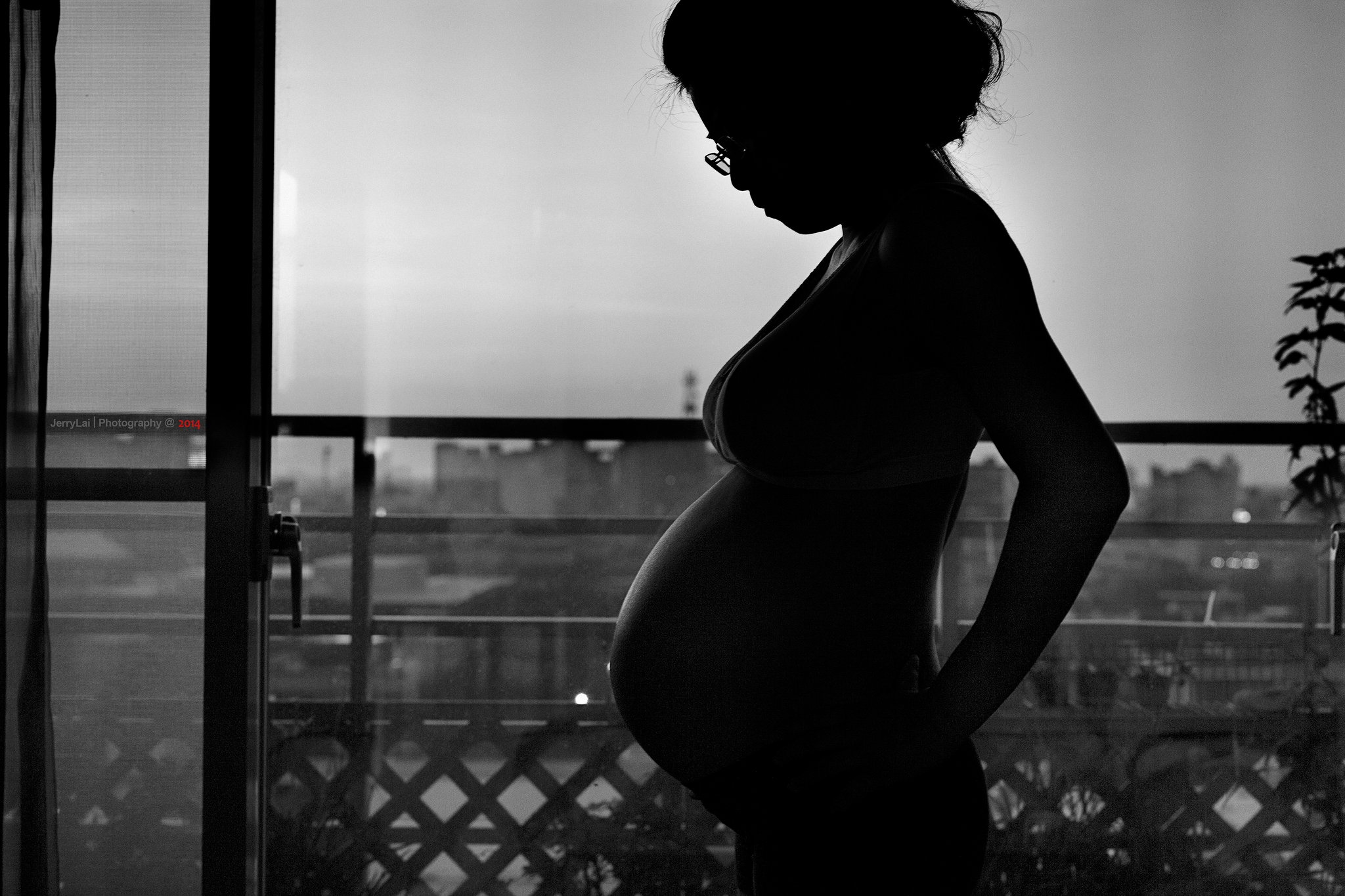
HHSC: Public Input ‘Vital’ to New Women’s Health Panel


As state health officials work to mitigate the fallout from a recent attempt at making behind-the-scenes cuts to Medicaid therapy reimbursement rates, the Texas Health and Human Services Commission (HHSC) is taking a more transparent approach to redesigning the state’s reproductive health programs with the help of a new advisory committee.
The committee’s creation was mandated by an amendment to the state health overhaul bill passed earlier this year. Its members have been tasked with guiding HHSC through the consolidation of Texas’ various reproductive health programs, which have undergone dramatic and at times debilitating changes over the last four years.
And the members are meeting in public.
“I believe the input from the public will be vital,” HHSC Commissioner Chris Traylor said during in his opening remarks at the panel’s first meeting on Wednesday. “I look forward to beginning a new chapter of women’s health in Texas.”
HHSC’s Women’s Health Advisory Committee is made up almost entirely of family planning and reproductive health professionals, many of whom have been providing care through state programs for decades. Unlike the gaggle of ideologically motivated “experts” who anti-abortion lawmakers called to testify at a Planned Parenthood hearing in July, the WHAC members know what they’re talking about; they can speak from experience concerning the challenges they and their patients face.
This “new chapter” comes four years after the Texas Legislature voted to cut more than $60 million from its family planning budget, redistribute the state’s reproductive health care funding and exclude Planned Parenthood from providing services through public programs. As a result, thousands of Texans lost care and clinics reduced their hours, began charging for services that were once free, or closed entirely.
The state has been trying to make up for 2011’s politically-motivated machinations ever since, by restoring some funding, creating new programs, and even, in the 84th Legislature, appropriating $50 million more to women’s health services.
All along the way, providers have said the various programs have been difficult to navigate, because each one — the Texas Women’s Health Program, the Expanded Primary Health Care program and the Family Planning Program — operates differently.
The administrative hurdles for providers, such as paperwork and billing differences across programs, take attention and resources away from the patients, said WHAC committee member Martha Zuniga, executive director with South Texas Family Planning and Health Corporation.
“I want to make sure that every low income woman never has to make the decision between her health care and school supplies,” Zuniga said.
Committee chairwoman Paula Turicchi, a senior vice president at Parkland Hospital, emphasized the need to streamline the administrative and operational nuances of the programs so that patient care isn’t compromised.
“Our goal should be a seamless process with women receiving vital services without interruption,” she said.
The agency plans to consolidate three of the state health programs into two entities. The Family Planning Program will became what the agency has dubbed the “New Family Planning Program,” serving men and women at 250 percent of the federal poverty line. The Texas Women’s Health Program and Expanded Primary Health Care program, both of which the Legislature created in 2013, will together become “Healthy Texas Women,” serving women ages 15 to 44 who live at 200 percent of the poverty line. Both programs will require parental consent for minors’ care.
The committee must make recommendations and finalize the services each program will cover, as well as the rules and administrative details, before the programs take effect July 1, 2016.
Currently, Texas serves approximately three in 10 individuals who are eligible to receive publicly-funded reproductive health services, and according to research by the University of Texas’ Policy Evaluation Project, 55 percent of women who participated in a survey released earlier this year reported that they experienced at least one barrier to accessing care, such as the inability to pay for services or discomfort with their provider.
And questions still remain about how effective the Texas Women’s Health Program has been overall since its creation in 2013. The Legislature lost a generous $9-to-$1 federal match when it kicked Planned Parenthood out of the Medicaid Women’s Health Program in 2011. To compensate, it created the solely state-funded Texas Women’s Health Program, which has served tens of thousands fewer women since 2011, according to a state study. From 2013 to 2014, claims filed for the Texas Women’s Health Program dropped from 418,356 to 397,505.
“This program has not been successful,” said Ana Rodriguez Defrates, state advocacy director with the National Latina Institute for Reproductive Health, during the public comment period. “Let’s not over-correct and throw money at an ineffective program when the analysis should be guided by where the needs are and how best to fit those needs.”
Defrates also stressed that undocumented women, many of whom are Latina and have a higher propensity for breast and cervical cancer, should also be eligible to participate in the new women’s health programs.
Lesley French, HHSC’s associate commissioner for women’s health services, told the committee that along with consolidated programs, the agency will launch a “robust” outreach campaign aimed at both providers and eligible patients.
“There is access,” she said. “What has been confusing is that there has not been a clear message.”
The committee is scheduled to meet every month until April 2016, and then members will meet quarterly for the rest of the year. All meetings will be public and provide time for public comment.


